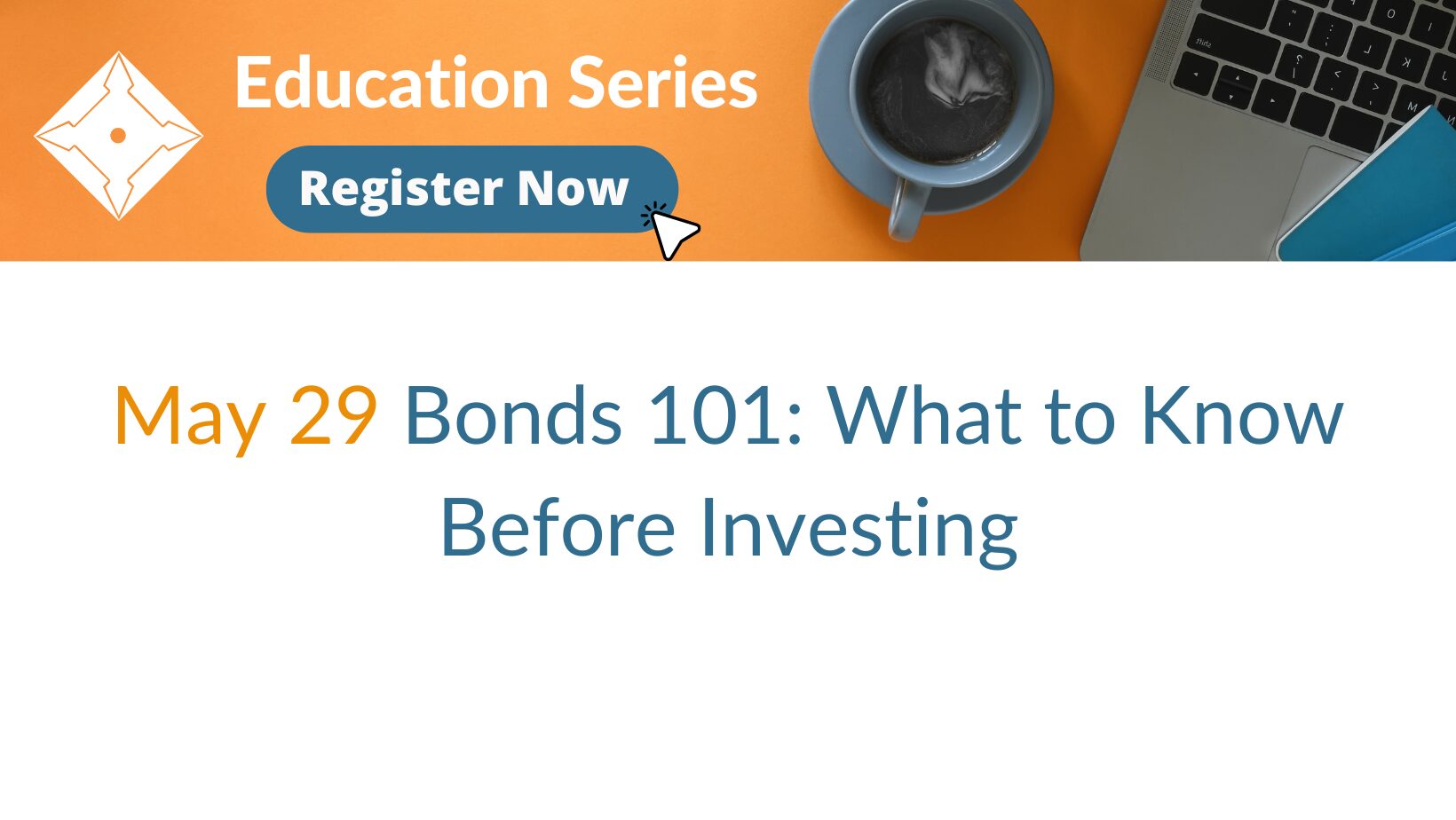Do You Know Where Your Retirement Funds Are?


If you have retirement savings from old jobs you have a few options:
- Roll retirement funds into your new 401(k): Most companies will allow you to roll over a 401(k) from an old employer into your new 401(k) account. This is a good option to keep all funds in one place if it has a small balance and if you’re not working with a financial advisor. However, you may have limited options for investments if choosing this route.
- Funnel savings into an Individual Retirement Account (IRA): Moving funds to an IRA gives you more options for investments and allows investors to have all those retirement assets in one place. Having an advisor oversee your IRA will help to keep your retirement strategy and allocation in place so you stay on track to reach objectives. There may be increased advisory costs, but you receive the benefit of having your assets actively managed.
Regardless of which option you choose, it’s critical to keep the money invested, even if the account has a balance of just $1,000. If that money doesn’t stay in a retirement account you can incur unnecessary penalties.
Working with a trusted advisor can help you to create and stick to a long-term strategy to meet your future goals. Having all your money in one place can ensure you’re not under- or over-diversified in your portfolio and that you’re not incurring unnecessary extra fees. You can get started by meeting with an advisor and evaluating your options, there’s no need to make any decisions on the spot but opening up the conversation and having a resource to ask questions can help get you on the right path.


